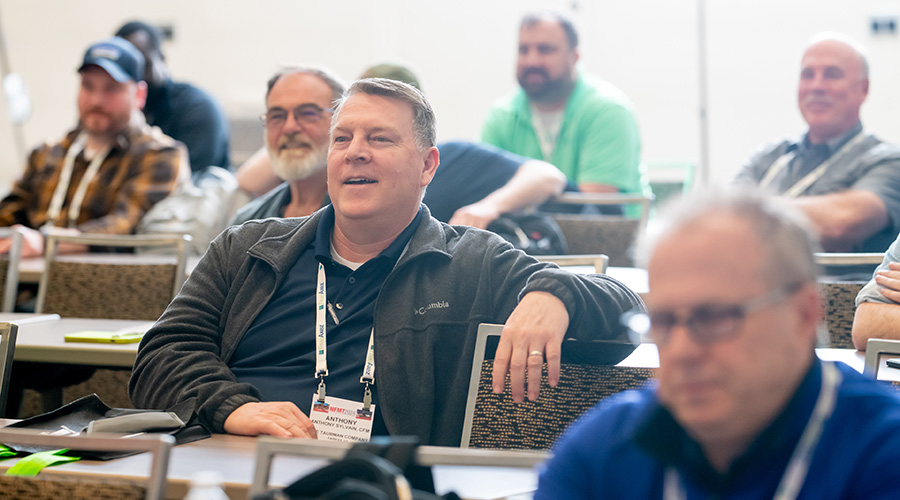Retro-commissioning follows a systematic process outlined by ASHRAE guidelines to identify and implement energy conservation measures. Sain Engineering Associates, Inc., have developed their own form of retro-commissioning they call "tune-ups."
These building tune-ups focus on saving money through ‘tuning’ the existing equipment and how it operates in a building rather than focusing on providing new equipment and upgrades. They are also more flexible than retro-commissioning and focus on building relationships with occupants, facilities personnel, and owners to identify and address energy-saving opportunities in an ongoing manner.
In this session from NFMT Baltimore, presenters Jason Brooks and Kallie Phillips share examples from a variety of building types and clients, including telecommunications manufacturers, community colleges, state capitals, and private practices. Each client has unique energy optimization requirements, ranging from large-scale manufacturing facilities to historic buildings with specific humidity control needs.
Key strategies for energy optimization include optimizing terminal unit logic, adjusting outside air flow rates based on space usage, and implementing demand control ventilation using CO2 sensors. By fine-tuning equipment operation and addressing design inefficiencies, significant energy savings can be achieved.
The presentation also shares case studies of energy optimization efforts, such as optimizing chiller staging, matching pump and cooling tower operation, and correcting set point discrepancies in cooling tower basins. These examples demonstrate the importance of monitoring system behavior, identifying inefficiencies, and implementing targeted solutions to improve energy efficiency.
Log in to start watching. Not a member? Join today.





